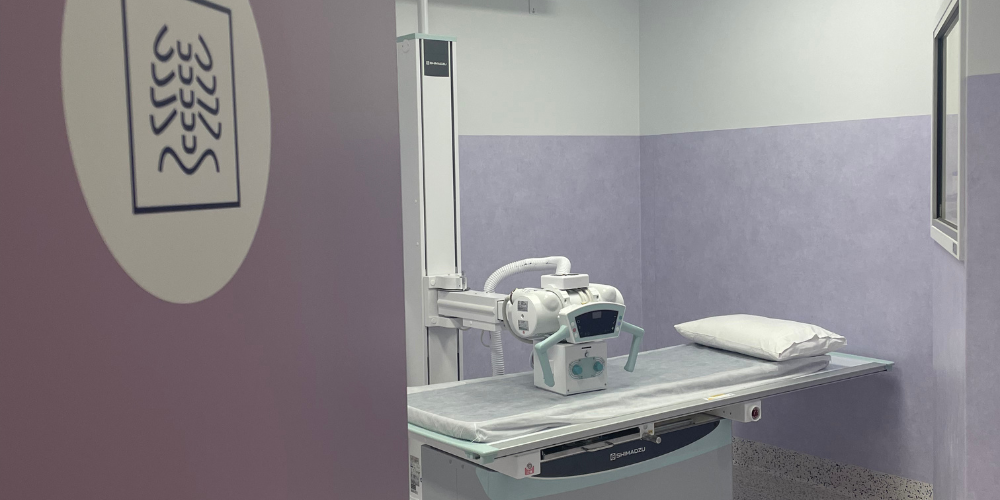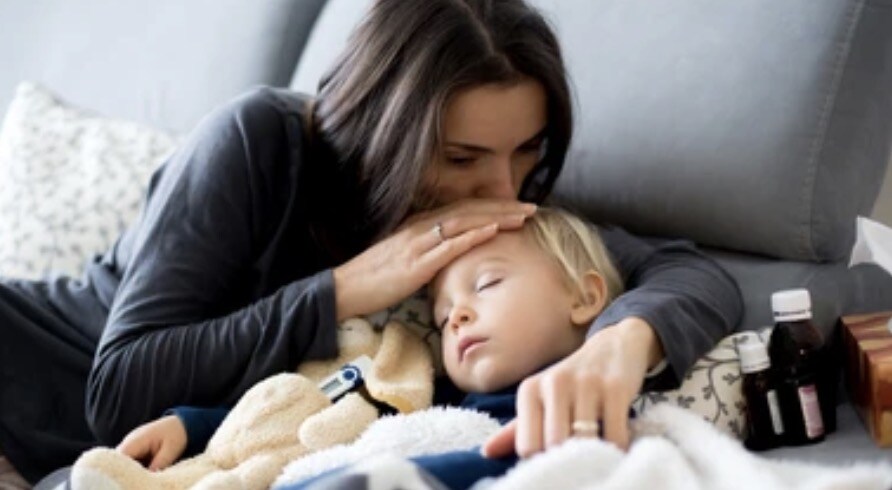"Mum, I think it's broken." Now what?
Whether it's a botched superman leap, a sibling wrestling match gone rogue, or just an unlucky fall at footy; sometimes kids break things. Sometimes...

Whether it's a botched superman leap, a sibling wrestling match gone rogue, or just an unlucky fall at footy; sometimes kids break things. Sometimes that thing is a bone.
So...what do you do next?
If the injury is serious, call 000 immediately.
You should always seek emergency help if:
Need a full first aid rundown? Please check out St John Ambulance Australia's guide.
If you suspect your child has a broken done, dislocation or serious sprain- but it's not life threatening- Kinkaya Urgent Care is here to help.
Even if you're unsure, it's best to assume it is a fracture until proven otherwise.
And no. Please don't try and 'pop it back in'.
Here's what to do straight away:
1. Triage
When you arrive, our triage nurse will:
2. Assessment
Our doctor will examine the injury. If a fracture or dislocation is suspected, we'll send you straight for an x-ray.
Yes, we now do x-rays on-site!
Our radiology service is now up and running, including evenings and weekends. That means less running around for you and faster answers.
Check our radiology hours here.
Learn more about x-rays at Kinkaya in this post.
Most simple fractures heal in around 6 weeks, but the exact approach depends on the type and location of the break.
Here's what a typical fracture journey at Kinkaya looks like:
Day 1: Assessment & immobilisation
Week 1: Review & full cast
Week 6: Cast off & final check
For a full rundown on fractures and their management. here's some useful links:
Sydney Children's Hospital- fracture fact sheet
St John Ambulance- fracture & dislocation first aid fact sheet

Whether it's a botched superman leap, a sibling wrestling match gone rogue, or just an unlucky fall at footy; sometimes kids break things. Sometimes...

Like anything unfamiliar, we know that the prospect of your child needing an x-ray can be pretty daunting for kids and parents alike.

Winter has officially come to an end. Why has no one told all the common winter respiratory bugs that are still kicking everyone’s butts?